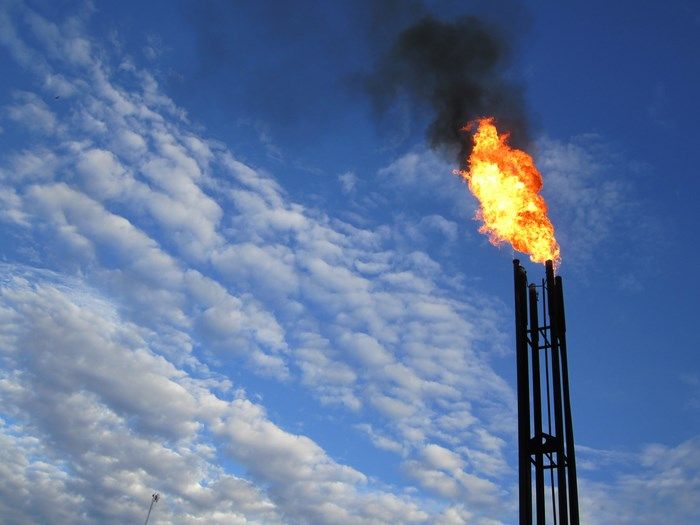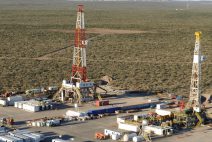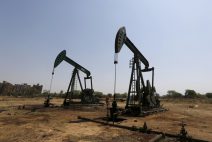Methane emissions from the energy sector remained near a record high in 2023 despite commitments from the sector to plug leaking infrastructure in a bid to combat climate change, a report by the International Energy Agency said.
Methane emissions from human activities such as oil and natural gas production, agriculture, and landfills are short-lived in the atmosphere but many times more potent than carbon dioxide as a greenhouse gas. They have driven about a third of the rise in global temperatures since the industrial revolution.
Production and use of fossil fuels put more than 120 million metric tons of methane into the atmosphere last year, a slight rise over 2022, the IEA report said.
Large methane plumes from leaky fossil fuel infrastructure also jumped by 50% in 2023 compared with 2022, the IEA report said. One super-emitting event, detected by satellites, was a well blowout in Kazakhstan that lasted more than 200 days.
"Emissions from fossil fuel operations remain unacceptably high," said IEA chief energy economist Tim Gould.
Methane emissions have held around 130 million metric tons level since 2019, the record high year when the IEA started its Global Methane Tracker, opens new tab.
This is despite a commitment made by more than 150 countries since 2021 to reduce global methane emissions by at least 30% from 2020 levels by the end of this decade.
Dozens of oil companies have also voluntarily committed to reduce emissions.
But 2024 is likely to mark a "turning point", Gould said, as new satellites help to improve monitoring and transparency around methane leaks, allowing companies to quickly fix them.



















